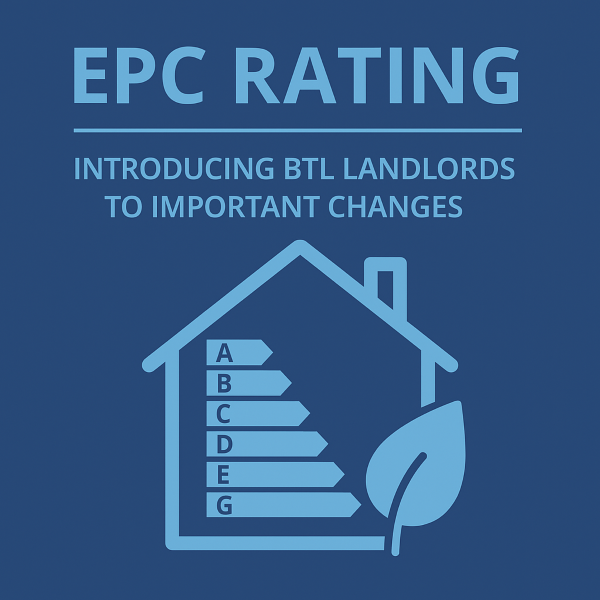The bill states that these measures will be implemented in a ‘Practical, cost-effective, and affordable‘ manner. The Secretary of State will define this.
Specific aims to achieve this have been set out:
For privately rented properties (BTL), new tenancies must have an EPC rating of at least C by December 2025. All existing BTL tenancies must achieve this rating by December 2028.
Social landlords (housing associations and local authorities) must ensure a significant proportion of their properties achieve at least EPC band C by 2035. All mortgage lenders must ensure an average EPC rating of at least C across their domestic loans by 31st December 2030.
Non-mortgaged owner-occupied properties must have an EPC rating of at least C by December 2035.
All new homes built after 1 January 2025 must be zero-carbon ready. Rented commercial (non-domestic) properties must achieve EPC band B by 2030 unless it is not technically feasible.
The Advantage of New Builds
Various publications estimate that 50% to 70% of landlord properties have an EPC rating of D or below. Many landlords may need guidance and additional funds to complete the required work. By understanding the new legislation, you can help landlords consider the implications for their portfolios. This understanding also aids in planning future financial requirements.
Start by establishing the current EPC rating of properties in the landlord’s portfolio. If you aren’t already doing this, begin gathering EPC ratings of each property during your fact-find. This practice can kick-start the conversation with your clients.
Understanding The New Legislation
If the landlord is unaware of the property’s rating, they can check it on the Government’s website by clicking here.
Recent certificates explain the current rating and guide works and anticipated costs. For properties with an older certificate, landlords may consider obtaining a new EPC to obtain further guidance.
Advisers must start incorporating this into their advice immediately. The Society of Mortgage Professionals encourages and supports advisers in enhancing their market awareness. This ensures customers receive excellent advice beyond just recommending the cheapest product.
For example, if your client needs to raise capital to meet 2025 regulations and you recommend a 5-year fixed rate today, they might be locked into a mortgage when they need funds.
Many lenders, especially in the specialist BTL market, do not offer further advances or allow second charges. This could pose a serious problem and result in a complaint.
Green Mortgages
In line with the popular green initiative, many lenders have introduced green mortgages with benefits. These benefits include lower interest rates for high-rated properties or cash back for improvements. More innovative products are expected to enter the market soon.
Advisers should understand these products and lenders’ criteria for extra borrowing. The details are crucial. Exceptions may apply to certain property types, and there will be affordability-related spending limits.
Suggest to your clients that they be cautious about proceeding with costly work. They might find that different parameters apply than anticipated when the Bill is passed.
However, delaying until the last minute could also cause issues. The cost of materials or the availability of tradespeople could become problematic. Advisers can add significant value to their customers through early conversations and guidance.
Internal Support to Help Brokers Deliver
Trust and leads go hand in hand, but the right infrastructure supports them both. Here’s what we offer to help advisers grow:
If you’re serious about developing your client base and becoming the adviser people remember and recommend, you’re in the right place.
➡️ Ready to grow? Join Our Network today and turn leads into loyal clients.
Thank you for reading our publication “EPC Rating | Introducing BTL Landlords to Important Changes.” Stay “Connect“-ed for more updates soon!

